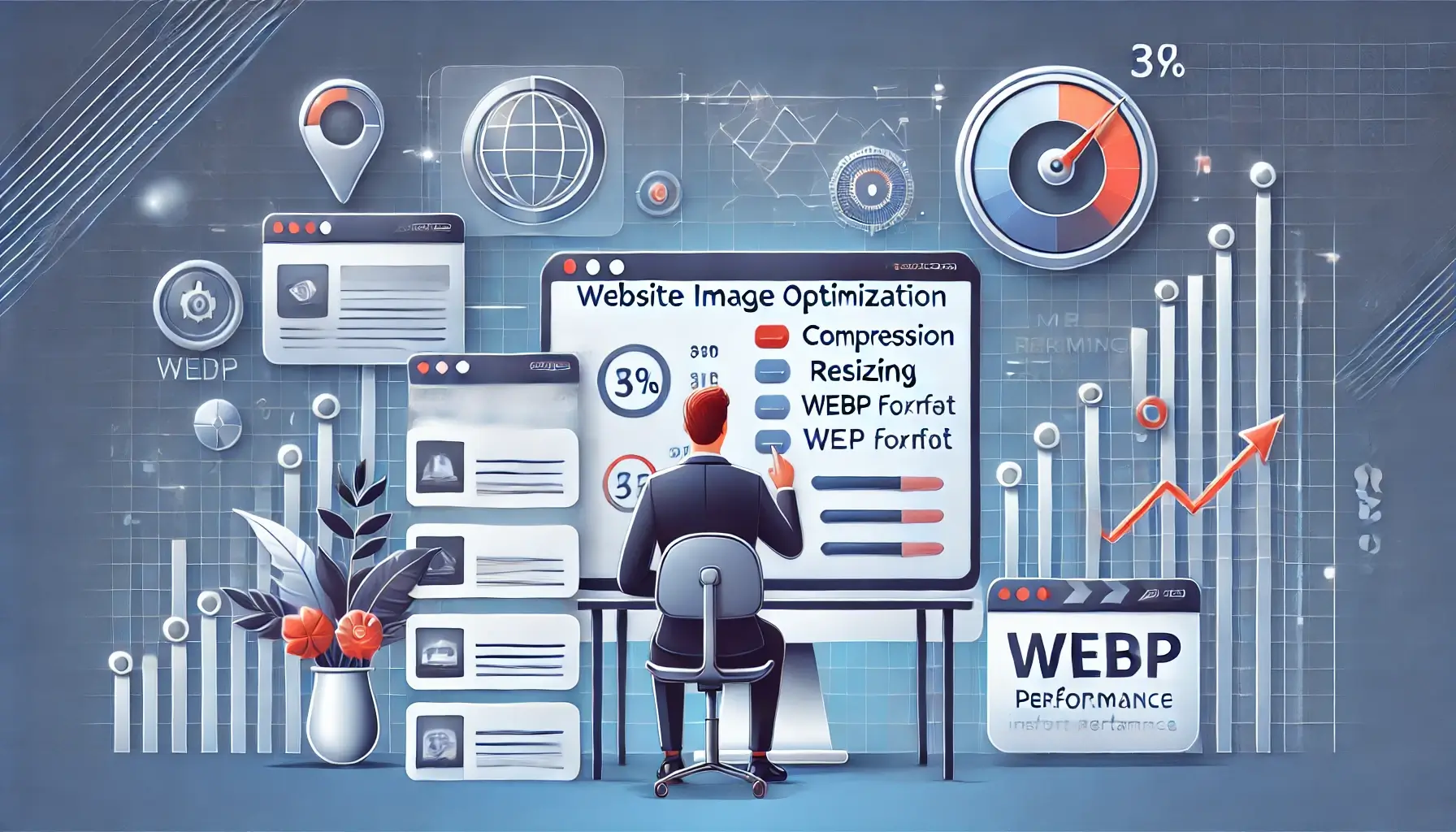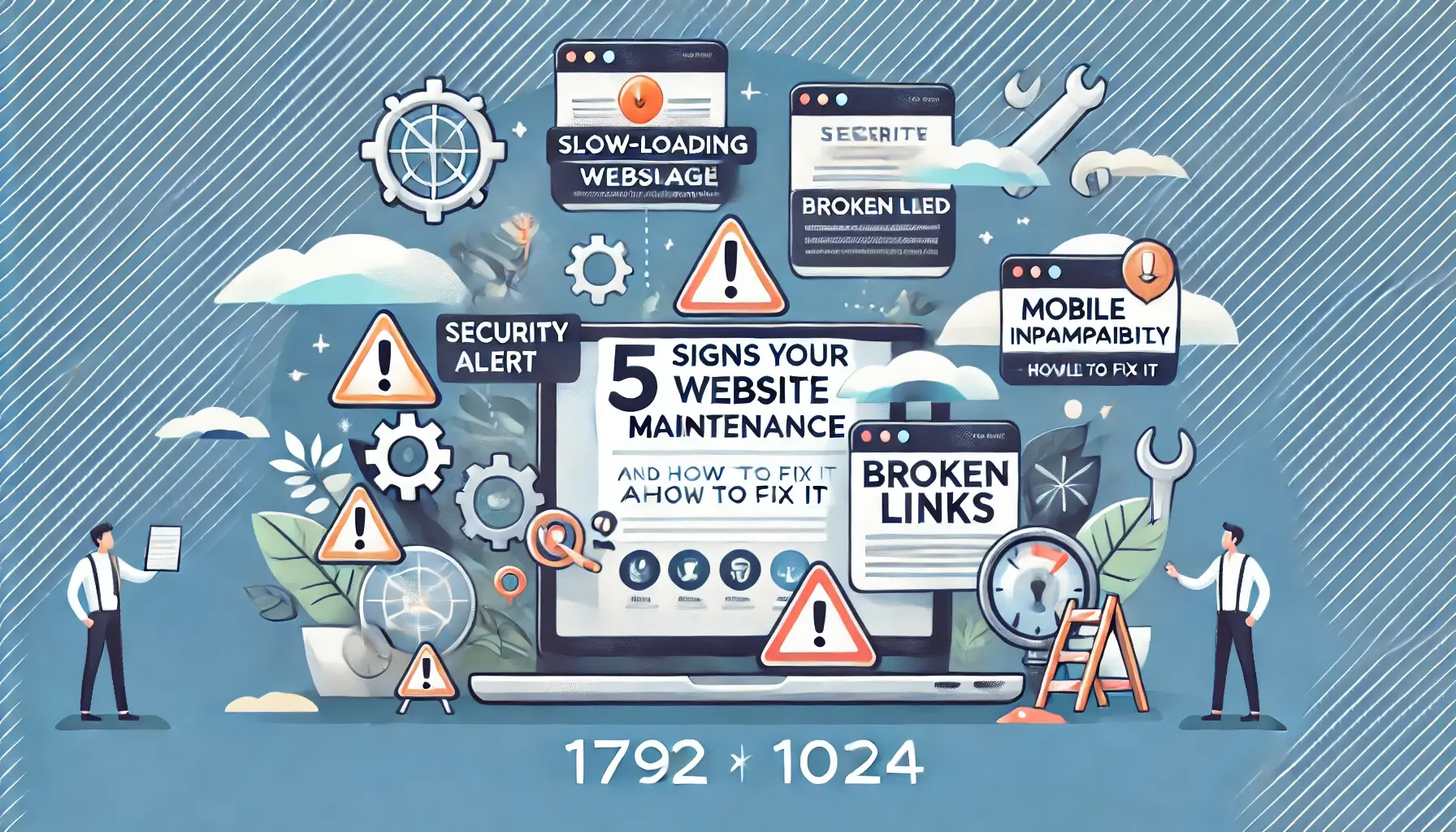How to Protect Against Hacks and Recover from Security Breaches

In today’s digital world, having a website is essential for businesses and individuals alike. However, with this convenience comes the responsibility of securing your online presence. WordPress, being one of the most popular content management systems (CMS), is frequently targeted by hackers. If your WordPress site has been hacked, it’s not just a technical issue; it’s a significant threat to your reputation, data, and customer trust. In this article, we’ll explore the common security issues faced by WordPress sites, how to identify if your site has been compromised, and actionable steps to enhance your security and recover from a breach.
Understanding WordPress Security Issues
Why WordPress is a Target
WordPress powers over 40% of all websites on the internet. This massive market share makes it an attractive target for cybercriminals. Common reasons why WordPress sites are hacked include:
- Outdated Software: Many site owners neglect updates for WordPress core, themes, and plugins, leaving vulnerabilities that hackers can exploit.
- Weak Passwords: Simple or commonly used passwords make it easy for hackers to gain unauthorized access.
- Insecure Hosting: Using unreliable hosting providers can expose your site to various security risks.
- Vulnerable Plugins and Themes: Some third-party plugins and themes may have security flaws that can be exploited.
- Lack of Security Measures: Without proper security protocols in place, even a small vulnerability can lead to a full-blown security breach.
Identifying a Hacked WordPress Site
Signs of Compromise
If you suspect your WordPress site may have been hacked, look for these telltale signs:
- Unusual Activity: Monitor your site for unfamiliar user accounts or unauthorized changes in content.
- Malicious Redirects: If visitors are being redirected to strange websites, your site may be compromised.
- Suspicious Files: Unexpected files or folders in your WordPress directory can indicate a security breach.
- SEO Spam: If your site’s search engine ranking suddenly drops or if you notice spammy links appearing in your content, it’s a sign of a hack.
- Site is Down: If your site goes offline unexpectedly, it may have been attacked or compromised.
Steps to Take If Your WordPress Site is Hacked
If you discover that your WordPress site has been hacked, it’s crucial to act quickly. Here’s a step-by-step guide to help you recover and secure your site:
1. Stay Calm and Assess the Situation
While it’s natural to panic, take a deep breath and approach the situation methodically. Assess the extent of the damage and gather information about what might have happened.
2. Take Your Site Offline
To prevent further damage, consider taking your site offline. You can do this by:
- Using a maintenance mode plugin.
- Changing your website’s settings to display a “503 Service Unavailable” message.
This prevents users from interacting with a compromised site and protects their data.
3. Backup Your Site
Before making any changes, create a backup of your site. This allows you to preserve the current state of your files and database, even if they are compromised. Use a backup plugin or your hosting provider’s backup tools.
4. Scan for Malware
Use a security plugin like Sucuri or Wordfence to scan your website for malware and vulnerabilities. These tools can help identify infected files and provide recommendations for cleaning them up.
5. Clean Up the Hack
Once you’ve identified malicious files, follow these steps to clean your site:
- Remove Infected Files: Delete any suspicious files or folders. Be careful not to remove essential WordPress files.
- Restore Clean Versions: If you have a recent backup, restore your site from it. This can often eliminate the hack.
- Change All Passwords: Immediately change passwords for your WordPress admin, database, FTP accounts, and hosting account.
6. Update Everything
Ensure that your WordPress core, themes, and plugins are up-to-date. Outdated software is a primary target for hackers. Consider the following:
- Remove Unused Plugins and Themes: Delete any plugins or themes you’re not actively using, as they can pose security risks.
- Install Security Plugins: Use reputable security plugins to add an extra layer of protection.
7. Secure Your Site Going Forward
Once you’ve recovered from the hack, it’s time to bolster your site’s security. Here are several steps you can take:
-
Use Strong Passwords: Implement strong, unique passwords for all accounts associated with your site. Consider using a password manager to generate and store complex passwords.
-
Enable Two-Factor Authentication (2FA): Adding 2FA requires a second form of verification, making it much harder for hackers to gain access.
-
Regularly Update Software: Set reminders to regularly check for updates to WordPress, plugins, and themes. Many hosting providers offer automatic updates as an option.
-
Implement a Web Application Firewall (WAF): A WAF can help protect your site from various types of attacks by filtering and monitoring HTTP traffic.
-
Monitor Your Site’s Activity: Regularly check your site for unusual activity and set up alerts for changes made to user accounts or site files.
8. Educate Yourself and Your Team
Staying informed about the latest security threats and best practices is essential for protecting your site. Here are some ways to educate yourself:
- Follow Security Blogs: Subscribe to reputable security blogs that cover WordPress and general cybersecurity topics.
- Participate in Webinars: Attend online webinars or workshops on website security.
- Join Forums and Communities: Engage with other website owners and professionals to share knowledge and learn from each other’s experiences.
Conclusion
A hacked WordPress site can be a daunting challenge, but with the right approach, you can recover and strengthen your site’s security. By taking immediate action, cleaning up the hack, and implementing robust security measures, you can protect your website from future threats. Remember, cybersecurity is an ongoing process that requires vigilance and adaptability.
If you need help securing your WordPress site or have concerns about potential vulnerabilities, don’t hesitate to contact us at WebCareSg.com. We offer expert guidance and services to help you safeguard your online presence.
Stay proactive about your website’s security, and ensure that your digital space remains safe for you and your visitors. After all, peace of mind is invaluable in the ever-evolving world of cybersecurity.
Related WebCare Solutions
How to Optimize Website Images Without Sacrificing Quality
Learn the best techniques to optimize website images for faster load times without compromising quality, improving user experience and SEO.
Server Maintenance Checklist: Essential Steps for Optimal Performance
Stay ahead of potential issues with a server maintenance checklist. Learn essential steps, from backups to security checks, to ensure optimal server performance
5 Signs Your Website Needs Maintenance (And How to Fix It)
Discover the 5 critical signs that indicate your website requires immediate maintenance. Learn how to address these issues to ensure optimal performance, security, and user experience.
Ready to get started?
Focus on your business while we fix your website. Contact WebCareSG today for fast, reliable solutions!
Whatsapp us on


